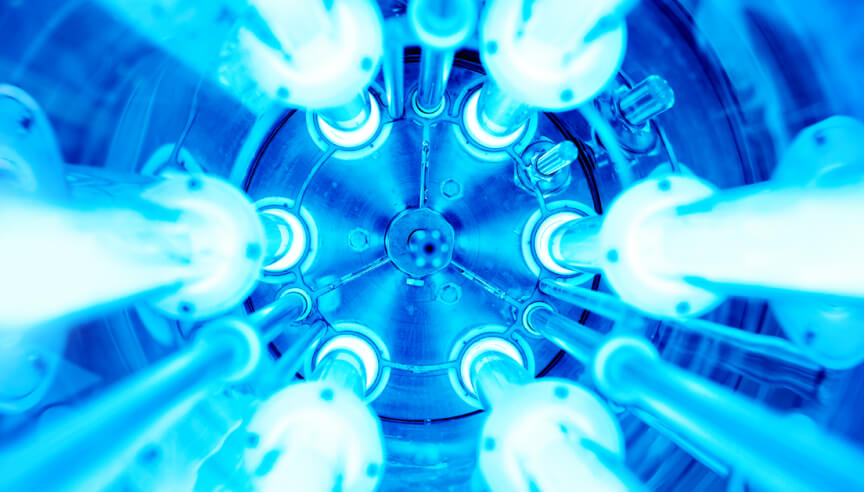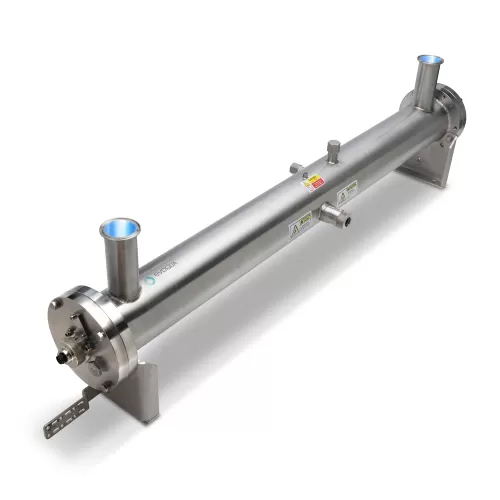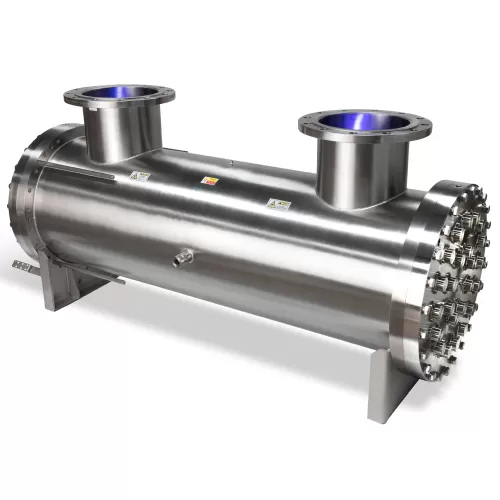Recent Posts
UV Disinfection: Revolutionizing Sanitation in Municipal Applications

In the ongoing pursuit of safeguarding public health and ensuring the purity of water supplies, ultraviolet (UV) disinfection has emerged as a powerful tool for municipalities worldwide. With its proven effectiveness in eliminating harmful pathogens from water sources, UV disinfection stands as a key pillar in municipal sanitation strategies. From potable water treatment to wastewater management, the application of UV technology has reshaped the landscape of public health and environmental protection.
Harnessing UV Disinfection: Revolutionizing Sanitation in Municipal Applications
The Role of UV Disinfection in Municipalities:
Potable Water Treatment:
In the realm of potable water treatment, UV disinfection serves as a critical barrier against waterborne pathogens. Municipal water treatment facilities utilize UV systems to deactivate bacteria, viruses, and protozoa, ensuring the safety of drinking water without altering its chemical composition or leaving harmful by-products.
Wastewater Treatment:
In wastewater treatment, UV disinfection plays a vital role in the final stages of the process. After conventional treatment methods, UV technology acts as a reliable means to neutralize remaining pathogens before discharge, meeting stringent regulatory standards and safeguarding environmental health.
Advantages of UV Disinfection in Municipal Applications:
- Efficiency and Effectiveness: UV disinfection is highly effective against a broad spectrum of microorganisms, ensuring a thorough sanitization process.
- Chemical-Free Solution: Unlike traditional disinfection methods that involve chemicals like chlorine, UV disinfection is chemical-free, thereby eliminating the formation of harmful disinfection by-products.
- Residual-Free Treatment: UV disinfection leaves no residual traces in the water, preserving its taste, odor, and chemical composition.
- Environmentally Friendly: The environmentally conscious nature of UV disinfection aligns with sustainable practices, offering a greener solution for sanitation needs.
- Adaptability and Scalability: UV systems can be easily integrated into existing water treatment infrastructure and can be scaled up or down to meet varying demands.
Key Considerations in Implementing UV Disinfection Systems:
System Design and Sizing:
Designing an effective UV system involves considerations such as flow rate, water quality, UV dose requirements, and the specific pathogens targeted. Proper sizing ensures optimal disinfection performance.
Maintenance and Monitoring:
Regular maintenance and monitoring are crucial to uphold the system’s efficiency. Routine checks of UV lamps, sensors, and overall system performance are essential to ensure continuous operation.
Compliance and Regulations:
Adherence to local and national regulatory standards is imperative. Municipalities must ensure that their UV disinfection systems meet or exceed established guidelines for water safety.
Future Prospects and Innovations:
The future of UV disinfection in municipal applications is promising, with ongoing advancements focusing on:
- Enhanced Efficiency: Continuous advancements aim to improve UV system efficiency and reduce energy consumption.
- Smart Technology Integration: Integration with smart monitoring systems and automation for real-time data analysis and system optimization.
- Resource Recovery: Exploring ways to harness the potential of UV-treated wastewater for non-potable uses, contributing to water conservation efforts.
Conclusion:
UV disinfection stands as a cornerstone in the pursuit of safe, clean water for municipal applications. Its efficacy, eco-friendliness, and adaptability make it a valuable asset in maintaining public health and environmental sustainability. As technology continues to evolve, the integration of UV disinfection into municipal sanitation frameworks promises a future of safer water resources and healthier communities.






